Lesson #48: THE END: “The Magical Fuzzy Worm” by Sofija Stefanovic
This month’s blog was guest authored by Kate Tellers. Kate is a senior director at The Moth, the director of their MothWorks program, a Moth host, storyteller and co-author of The Moth’s fourth book, “How to Tell a Story: The Essential Guide to Memorable Storytelling from The Moth” due out on April 26th and available for pre-order now!
Death is the only real ending in live storytelling. If you are alive to tell your story, it’s still unfolding. So how do you decide how to end your story? The answer is exactly that: it’s a choice! Your story might have a different ending depending on when you tell it. Our stories capture our truths at a particular moment and time, but our relationships with the facts of our lives often shift considerably as new experiences and life events can bring fresh context and inform our hindsight.
This month’s Storytelling School story is on:
“The Magical Fuzzy Worm” by Sofija Stefanovic
Watch the video
You can read the transcript of Sofija’s story here
In 2017, I worked with Sofija Stefanovic to develop this story based upon a chapter in her memoir “Miss Ex-Yugoslavia.” In it, her mother buys five-year-old Sofija a tiny dancing toy worm during a layover in the Singapore airport during their move from Serbia to Australia. In the book, the purchase marks a moment in the journey from the home she knows and must leave, to a new home completely unfamiliar to her. The fuzzy toy is a surprising treat from a mother who wasn’t usually prone to buying her things, and a glimmer of hope that she might bring something fun and new to the friends she will meet on the other side of the world. The chapter ends with Sofija on the airplane dreaming about how, with her worm, she will be a “magic girl” in Australia, heading for her “exciting future at great speed.”
But when Sofija and I talked about the worm, a new significance came to light.
It should be noted that Sofija and I were both extremely pregnant when we were developing this story together. We were in the stage of pregnancy where every activity requires a snack, and my notes from one meeting are covered in grilled cheese stains. Sofija, on the cusp of first-time motherhood, was thinking a lot about her mother in this scenario. What must it have been like for her to bring two small children away from everything familiar and into a brand new unknown; what might have prompted her to make a quick out of character purchase?
Sofija had new perspective on her story, and with motherhood, and her mother’s choices in the forefront of her mind, her live story ends much differently than it does in her book.
And I know that I can't actually protect my future kid from the world. Like, I'm sure that he'll get teased because maybe he'll have big ears like his dad, or he'll have a big nose like me. And there are plenty of far worse things that he's going to have to learn about in the world that I can't protect him from.
But what I can do is offer some sort of protection in the form of that magic that my mother offered me, a way of seeing the world as a wonderful place instead of just a frightening place. And I know that it works because, somewhere in my heart, that worm is still dancing like it did that day, and it is still the most magical thing that I have seen.
After you’ve watched and read the story, you can do the following activities:
Set a timer for three minutes and make a list of some of your most memorable moments from childhood.
Choose one of those moments and try to tell the story from one of the other characters’ point of view.
Now revisit your scene list, do you see any of them differently?
Storyteller Bio
Sofija Stefanovic is a Serbian-Australian writer and storyteller based in Manhattan. Her memoir, MISS EX-YUGOSLAVIA is a sometimes funny, sometimes dark story about being an immigrant kid during the Yugoslavian Wars. She is the editor of ALIEN NATION: 36 TRUE TALES OF IMMIGRATION. She hosts This Alien Nation—a celebration of immigration at the Public Theater. She’s a regular storyteller with The Moth, and her writing has appeared in The New York Times among others.
The Moth Education Program works with young people and educators to build community through storytelling workshops, performances and innovative resources. To learn more, visit themoth.org/education.
The Moth Education Program is made possible by generous support from the Hollywood Foreign Press Association Charitable Trust, the Kate Spade New York Foundation, Alice Gottesman, and The Paul & Phyllis Fireman Charitable Foundation.
Additional program support is provided by Bloomberg Philanthropies, the New York State Council on the Arts, ConEdison, and the New York City Department of Cultural Affairs.

Kate Tellers and Sofija Stefanovic at St. Anne's.
